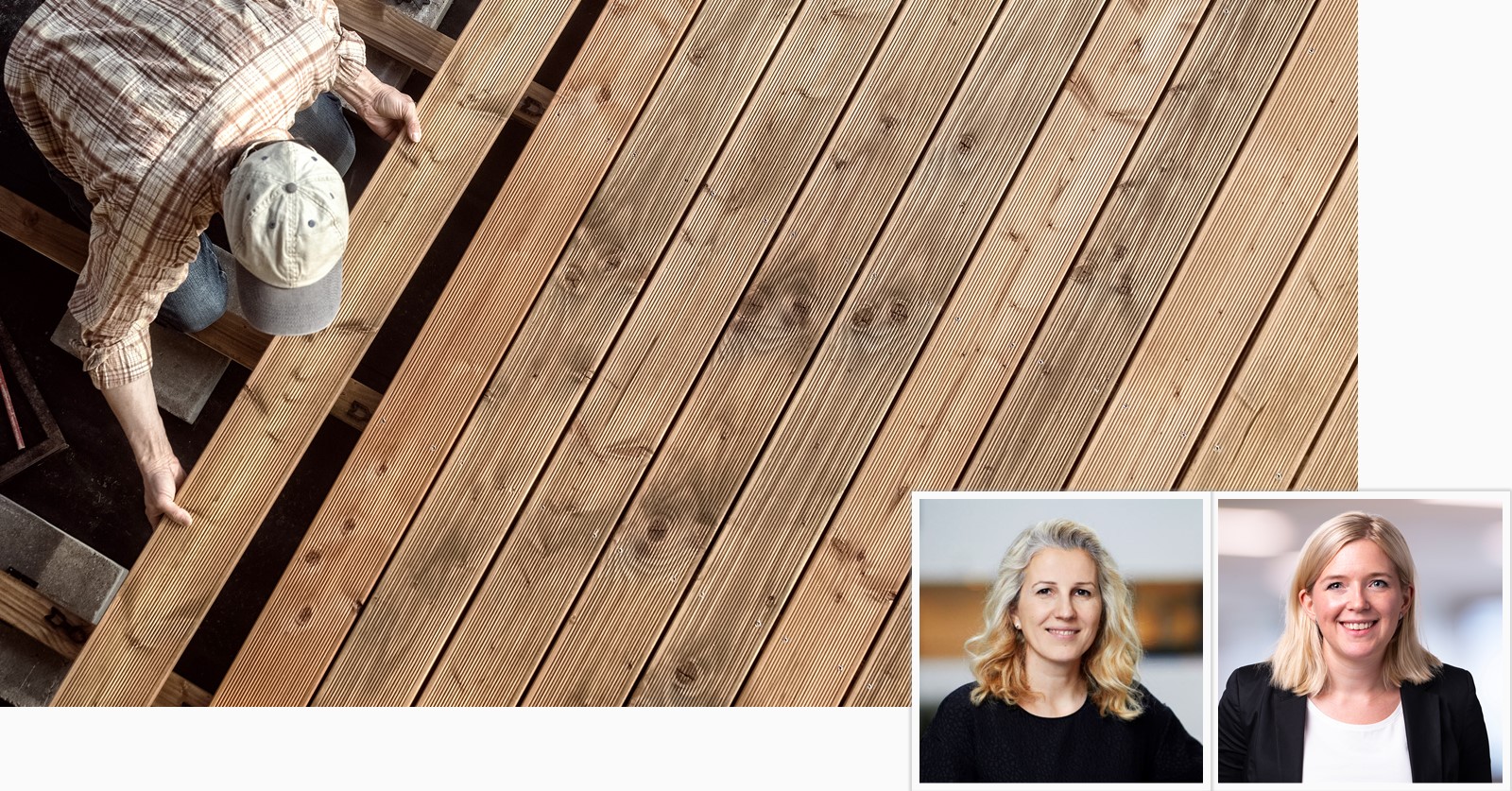When we talk about carbon neutrality, we tend to focus on operational energy. But what about materials?
The construction industry’s predominant material of choice is concrete, with an estimated more than 4 billion tons of cement produced globally every year. Approximately 8% of the world’s total carbon emissions come from cement and concrete production, which releases half a ton of C02 for every ton produced. The manufacture of steel, which accounts for some 6-7% of all emissions, releases nearly twice its weight in C02. Recycling of concrete offers scope for uptake, however, the core issue of carbon emissions from cement production still needs to be addressed. Recycling of steel is expected to increase in line with the transition to a circular economy in which materials such as steel will be repurposed.
Given the challenges that cement and steel are facing, mass timber is becoming a compelling third option. Mass timber reduces the carbon footprint of buildings, as timber has less than half the embodied carbon of concrete. The proponents of mass timber speak of it as an opportunity for the built sector to decarbonize but also to implement a significant technical upgrade. We have seen wooden high-rise buildings being developed across Europe: Mjøstårnet in Brumunddal, Norway; HAUT in Amsterdam, The Netherlands; Lighthouse in Joensuu, Finland; Dalston Lane in London, UK and Woodcube in Hamburg, Germany - to name a few.
The timber industry has seen significant growth during the last decade. Yet timber as a structural material seems to invoke divided opinions, particularly in relation to further research being needed to address fire safety performance, floor dynamics, robustness, and durability. There are several different types of mass timber, distinguished by the assembly and joining methods. One of the most popular recent developments in mass timber is cross-laminated timber (CLT). In CLT, pieces of wood are joined with adhesive in a staggered pattern in which each piece is at right angles to the next, imparting greater strength to the finished member product.
Cross-laminated timber market: Global industry trends
The global market for CLT, estimated at USD 992mn in the year 2020, is projected to reach a size of USD 2.5bn by 2027, growing at a CAGR of 13.9% over the period 2020-2027 (Intrado). The CLT market in the US is estimated at USD 267mn in the year 2020. China is forecast to reach a projected market size of USD 561mn by 2027, trailing a CAGR of 18.2% over the analysis period 2020 to 2027. Among the other noteworthy geographic markets are Japan and Canada, each forecast to grow at 9.8% and 12.2% respectively over the 2020-2027 period. Within Europe, Germany is forecast to grow at approximately 11% CAGR (Intrado).
In the US, until recently, mass timber construction required an alternate approval process under the International Building Code (IBC), which added to project expense and timelines. The 2021 IBC revisions, however, removed this hurdle by allowing wood buildings of up to 18 stories. France, on the other hand, recently mandated that all public buildings must contain 50% wood or other sustainable material by 2022.
Five pros and cons of using timber as a structural material1:
PROS
- Lighter structures save on foundations. Quick and easy to handle on-site
- Easily prefabricated and well-suited to modular construction
- Smaller carbon footprint than steel or concrete. Sequesters carbon
- Performs well in earthquakes
- Locally available in many world regions
CONS
- May be necessary to add mass to help with thermal performance and acoustic performance
- Requires a reliable and sustainable source
- Yet to be proven above 18 storeys
- Structure must be kept dry to prevent rot
- Shortage of design and construction expertise
The importance of sustainable sourcing
As with many choices, the use of timber has its perks and drawbacks. The catch lies in the fact that mass timber production must be coupled with sustainable forestry. The very system, however, depends on unchanged climate and forests that keep growing where they have been – a paradigm that is challenged by the very climate crisis that makes timber seem appealing. The definition of mass timber says that trees are procured with sustainable methods from sustainably managed forests. The 2019 IPCC study ‘Climate change and Land’ confirms that sustainable forest management can contribute to climate adaptation and reverse the impacts of climate change on land degradation. “In the long term, a sustainable forest management strategy aimed at maintaining or increasing forest carbon stocks, while producing an annual sustained yield of timber, fibre or energy from the forest, will generate the largest sustained mitigation benefit” (IPCC).
Conclusion
Material choices have consequences, as environmental impact varies greatly. Besides being sustainable and reusable, timber also has a smaller carbon footprint. New opportunities arise when rethinking ways to use timber, especially constructions that can benefit from its light weight. Finally, construction in timber can positively contribute to mitigating climate change, provided that sustainable forest management is in place.
'The Weekly Take' podcast with Spencer Levy: Knock on Wood: Why Timber Is Safe, Sustainable and Destined for a Larger Role in Construction
1 WSP

